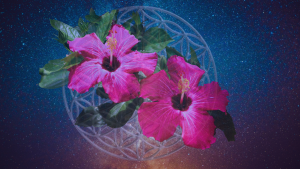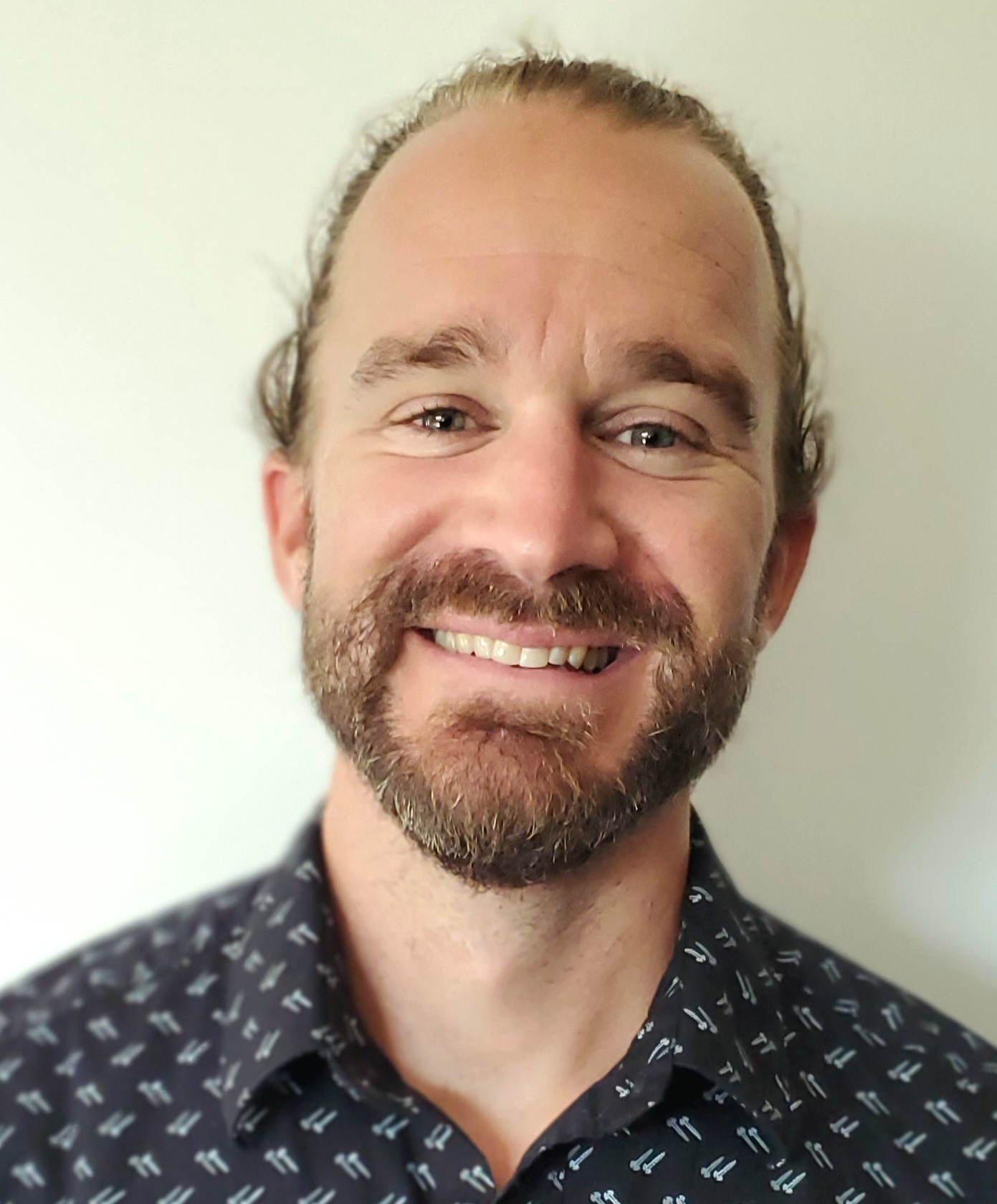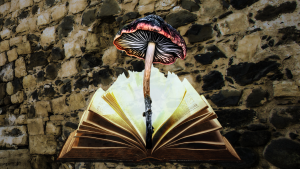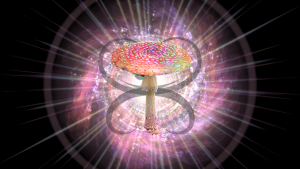
In the previous 2 posts, I’ve discussed why a spiritual practice is so important. But you may be wondering, ‘How do I develop one?’ Well, it’s pretty simple. We must connect with a core aspect of all spiritual belief systems: awe and wonder. All of us have an innate wiring for awe and wonder and to experience it, you need to get out of your head and into the cosmos.
Every night I take my dogs out before bed. I look up at the night sky, as light pollution is not so much a thing where I live, at the vast expanse of stars and planets twinkling in the darkness. I’m often left with a wondrous sense of awe. In those moments, I forget everything that had been bothering me or been on my mind. Even briefly, I may lose all sense of myself, as an overpowering feeling of smallness and oneness takes hold. Despite the feeling of insignificance within this vast cosmos, there is comfort. Comfort in the realization that anything we perceive to be a ‘problem,’ really isn’t. There’s so much more to our existence than the minutia of our lives.
In an interesting synchronicity the day after I finished the draft of this post, I learned of Cosmic Insignificance Therapy while listening to the audio version of Oliver Burkeman’s book Four Thousand Weeks. Cosmic Insignificance Therapy, as explained by Burkeman, is a means to understand the world, and our place in it, as inconsequential. This may seem like a pessimistic worldview, but in actuality, it is quite the opposite. Understanding ourselves as trifling actors in a massive galactic opera frees us from our perceived obligations and self-imposed limitations. When we grasp our infinitude in the vastness of time and space, we begin to understand that there is nothing particularly pressing in our lives. This being the case, we are free to pursue the things that bring meaning to our lives. This mindset will help us prioritize what is important and craft our short time on earth in the pursuit of what we find fulfilling.
This outlook described by Burkeman, and experiences like that explained above are gateways to the spiritual realm. They activate pathways inside of us that lead to the higher self and free us from the shackles of our egos.
These moments are, unfortunately, fleeting. We are inevitably brought back to ourselves, our thoughts, feelings, and ‘problems’. But if we hold on to the memory of these moments and stay in touch with the sense of awe, we can create a stable link to that state of being. With this link, we can tap into the spiritual side of existence whenever we want or need to.
Yet, questions will arise: Is there a way to sustain that feeling? Or are we destined to forever glimpse the infinite nature of existence, only to lose sight of it again and again? Are we as humans only able to achieve this state for a short while and then lose it, in an endless flow in and out of wonder? Whatever the answers to these questions may be, those who can glimpse into this world, no matter how brief, are better for it.
A spiritual practice is like a beautiful flowering plant. Buds form and burst forth into delightful blooms, then die off to create room for new growth. Throughout this cycle, the plant continues to grow and evolve. The buds and flowers are like individual spiritual experiences, while the plant itself is the larger practice. Sometimes we enter into seasons where no buds or flowers form, but that doesn’t mean we can’t grow in our practice.
When your flowers are in full bloom, you have grasped the wonder of creation and separated yourself from yourself. This separation is very important in spiritual practice. It allows you to decouple your egoistic, lower-vibration, day-to-day versions of yourself, from your physical body with its thoughts, feelings, and emotions. These things may be a part of you, the physical you, but they are not you, your true you. The innate part of you which connects you to the cosmos. That feeling you get when you experience the wonder and awe of existence? That is your true self, your higher self. Once separated, you can replace your inner being with the true you.
Lure your thought-thinking, emotion-feeling self out from your physical body. Do this through meditation and contemplation. Resurrecting old, deep-seated, and painful memories, analyzing them, and putting them into context. That context? The understanding that we are greater than the sum of our fear and limiting beliefs.
This removal of self to make room for the higher self is not an easy task. To do this, you need to determine the root of your problems, those things holding you back from being the best version of yourself. Look inward at what makes you tick, and then accept yourself, with all your perceived faults and failings, with compassion and love. Through this process, you can begin to heal and remedy the past experiences that have shaped you. Through this process, you can give those experiences new meaning. This process primes us for accepting into our being, our true and higher selves.
Look within, alter your being, and feel in awe of what is outside of you. Do this and you will catch a glimpse of your true self in the process. Do this and you will come to realize that what is outside, is the same as what is inside.
When your spiritual season changes and you find yourself struggling to maintain your practice, remember to show yourself compassion. It’s inevitable, the flowers will wither and fall away. You may struggle to find your way back to full bloom but have patience. Know that there is a natural ebb and flow. Seasons change, but they are cyclical. When your spiritual plant is bare, be kind to yourself. Tend to your plant and the sense of awe and wonder will return.

Simon is a former renovation contractor turned writer and author. Apart from writing about his experiences with spiritualism, Simon has a passion for reading, podcasts and spending quality time with his family.


